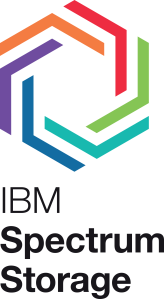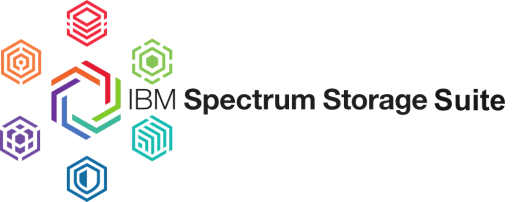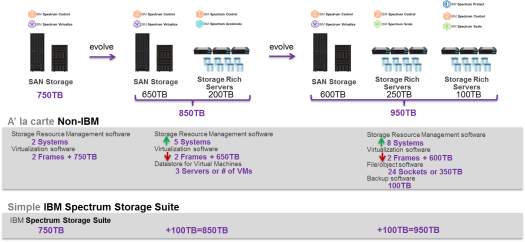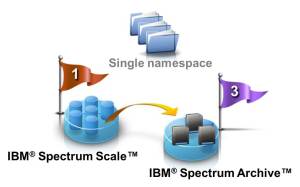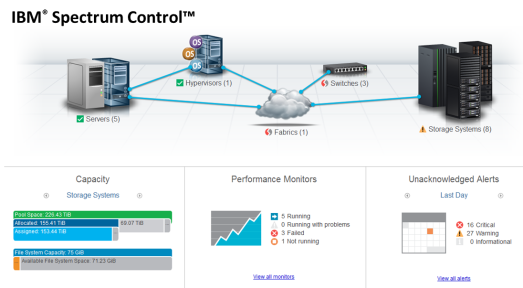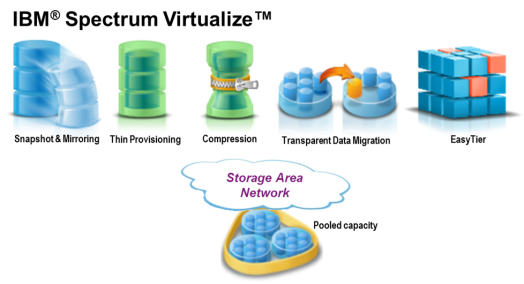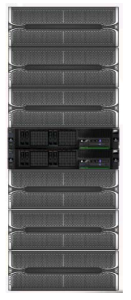In my last post, IBM Spectrum Storage Suite – Revolutionizing How IT Managers License Software Defined Storage, I introduced a simple and predictable licensing model for most all the storage needs an IT manager might have. That’s a pretty big concept if you think about all the storage use cases an IT manager has to deal with.
- Block SAN storage for traditional workloads
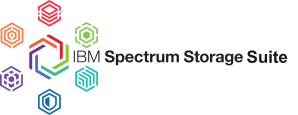
- File storage for analytic or Big Data workloads
- Object storage for cloud and mobile workloads
- Scale-out block storage for VMware datastores
- Storage for housing archive or backup copies
Just to name a few… The idea behind software defined storage is that an IT manager optimizes storage hardware capacity purchases for performance, environmentals (like power and space consumption), and cost. Then he ‘software defines’ that capacity into something useful – something that meets the needs of whatever particular use case he is trying to deal with. But is that really possible under a single, predictable software defined storage license? The best way I can think of to answer the question is to look at several of the most common use cases we see with our clients.
Perhaps the most widely deployed enterprise use case today is block SAN storage for the traditional workloads that all our businesses are built on – databases, email systems, ERP, customer relationship management and the like. Most IT managers know exactly what kind of storage capabilities they need to deploy for this use case. It’s stuff like:
- Tiers of capacity with some smart, automated tools for magically getting the right data to the right tier at the right time – without disruption
- Snapshots that are integrated with the applications whose data is being snapped
- Multi-site replication and some clever automation for setting up all the
 relationships, reacting to failure events, and putting things back in order when everything is returned to normal
relationships, reacting to failure events, and putting things back in order when everything is returned to normal - Compression to pack as many bits into the available capacity as possible
- Advanced resiliency like distributed RAID, or logical clusters across sites, or HyperSwap
- Maybe encryption for data at rest
- Or some automated provisioning tools for getting the SAN and all these storage capabilities correctly configured
- And of course an ecosystem of plugins so that the storage infrastructure plays nicely with things like VMware or OpenStack, for example.
Here’s the thing… This use case has been evolving for years and most IT managers have it deployed. The problem isn’t that the capabilities don’t exist. The problem is that the capabilities are most often tied directly to a specific piece of hardware. If you like a particular capability, the only way to get it is to buy that vendors hardware. It’s a hardware-defined model and you were locked in. With IBM Spectrum Storage, IBM has securely unboxed with software defined. All the capabilities I just mentioned can be accomplished with one IBM Spectrum Storage Suite software license and you have complete flexibility to pick whatever hardware vendor or tier you like. The idea of software defined changes everything. With the software securely unboxed from the hardware, you really are free to choose whatever hardware you want from most any vendor you like. And since the software can stay the same even while hardware is changing, it means you don’t experience any operational or procedural tax when you make those changes.
All of the capabilities mentioned above for addressing this Block SAN storage for traditional workloads use case can be accomplished with one IBM Spectrum Storage Suite software license. This may be the most widely deployed use case today, but it’s not the fastest growing use case. In my next posts, I’ll continue looking at the wide variety of use cases that are covered by the simple, predictable IBM Spectrum Storage Suite software defined storage license.
Are you interested in taking the first step with software defined storage? Contact your IBM Business Partner or sales representative. And join the conversation with #IBMStorage and #softwaredefined.

